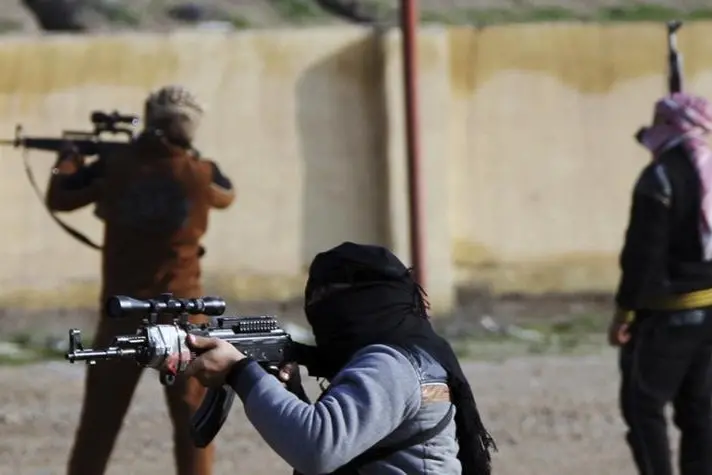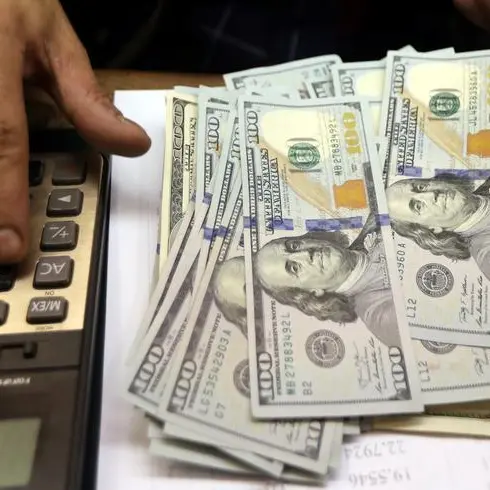PHOTO
By Jonathan Landay
ASPEN, Colo., July 21 (Reuters) - In a new assessment, the U.S. intelligence community judges that large numbers of foreigners fighting for Islamic State in Iraq and Syria likely will stay to defend what is left of their self-declared caliphate rather than return to their homelands, a top U.S. counter-terrorism official said on Friday.
"Many if not most of the foreign fighters who made their way to the conflict zone will end up staying, fighting and potentially dying in order to maintain the caliphate," Nicholas Rasmussen, the director of the U.S. National Counter Terrorism Center, told the annual Aspen Security Forum.
That contrasts with the previous assessment that many foreign fighters would return home, posing major security threats.
Rasmussen also said that he has seen no information confirming recent reports that Islamic State leader Abu Bakr al Baghdadi has been killed. U.S. Defense Secretary Jim Mattis said on Friday he assumes that Islamic State leader Abu Bakr al-Baghdadi is still alive.
"I've seen nothing that would lead me to believe that the leader of ISIS (Islamic State) has been removed from the battlefield," Rasmussen said. "We know a good bit. We just don't have information that would confirm his death and demise."
The new foreign fighter assessment will be welcome news to the countries of origin of the tens of thousands of Islamist extremists. They flocked to fight for the caliphate that Islamic State declared in 2014 after storming out of Syria, seizing the northern Iraqi city of Mosul and charging to Baghdad's outskirts.
Extremists who have returned home have staged attacks that claimed scores of lives, and governments have been bracing for new strikes as the group loses ground in Syria and Iraq.
U.S.-backed Iraqi forces recaptured Mosul this month and U.S.-backed Kurdish and Syrian Arab fighters are moving to retake Raqqa, the group's main stronghold in northeastern Syria.
Rasmussen noted that the U.S. intelligence community, which estimated that some 40,000 foreigners joined Islamic State in Syria and Iraq after the conflict began, until recently assessed that many would return home.
"At one point, we were worried about this out-rush, outflows, massive outflows of foreign fighters once the battlefield situation changed in Iraq and Syria and that Western countries, countries in the region, would be flooded with returnees," he said. "I think now speaking kind of broadly, that's less likely than we first assessed."
A U.S. intelligence official, speaking on condition of anonymity, said that fewer than 15,000 Islamic State extremists still are fighting in Iraq and Syria.
It has become harder for foreign fighters to return home because of the ongoing combat operations and because Turkey and other countries have significantly tightened their borders, the intelligence official said.
While there may be no major outflow of foreign fighters, Rasmussen said he is concerned by the threat posed by Islamic State's affiliates from Asia to Africa.
He said he also remains worried by those who manage to escape home, bringing with them specialized skills like bomb-making, that they acquired in Syria and Iraq.
(Reporting by Jonathan Landay; Editing by David Alexander and Cynthia Osterman) ((David.Alexander@thomsonreuters.com;))












